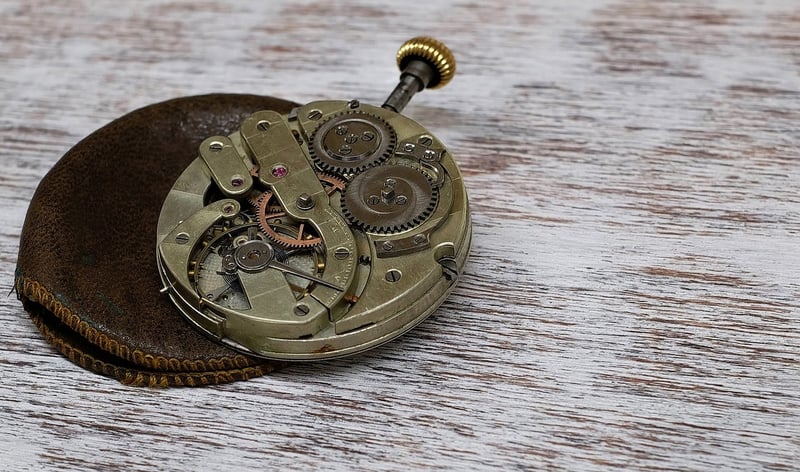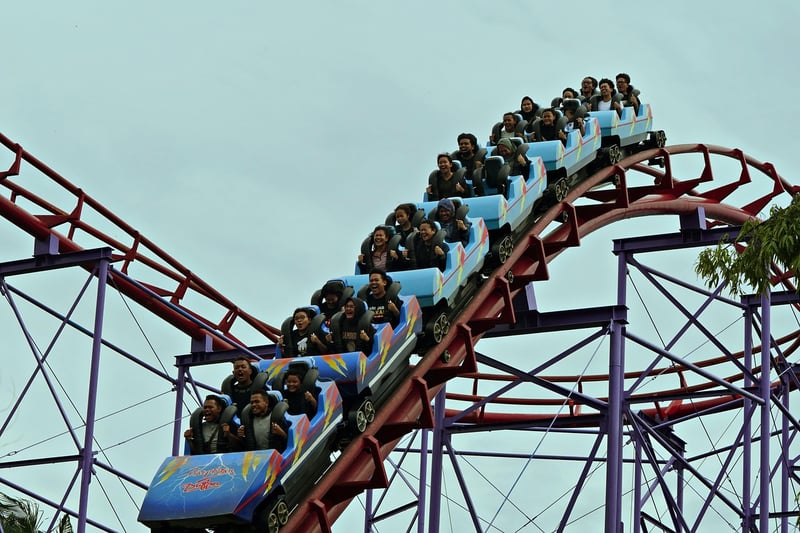Causality Loops
Exploring Time Travel Principles and Causality Loops
Time travel has captivated human imagination for generations, inspiring countless works of science fiction and challenging our understanding of the universe. While time travel remains a theoretical concept, exploring its principles and the intriguing notion of causality loops can be a fascinating journey into the realms of possibility.
The Basics of Time Travel
Time travel is the hypothetical process of moving between different points in time in a manner analogous to moving between different points in space. The concept of time travel is a staple in science fiction, often involving advanced technology or supernatural powers.
Types of Time Travel
- Forward Time Travel: Moving ahead in time from the present.
- Backward Time Travel: Moving back to a moment in the past.
- Parallel Universes: Traveling to alternate timelines or parallel universes.
Causality Loops
Causality loops, also known as time loops or closed timelike curves, are events in which an effect leads to its own cause in a time loop. This phenomenon raises intriguing questions about causality and the nature of time itself.
Examples of Causality Loops
One classic example of a causality loop is the grandfather paradox, where a time traveler goes back in time and inadvertently prevents their grandparents from meeting, thus preventing their own birth. This paradoxical situation raises questions about the possibility of changing the past and the resulting implications.
Concluding Thoughts
While time travel and causality loops may currently exist in the realm of science fiction and theoretical physics, exploring these concepts allows us to ponder the nature of time, causality, and the mysteries of the universe. Whether through thought experiments or creative storytelling, the notion of time travel continues to intrigue and inspire us to push the boundaries of our understanding.

Image source: Pixabay
